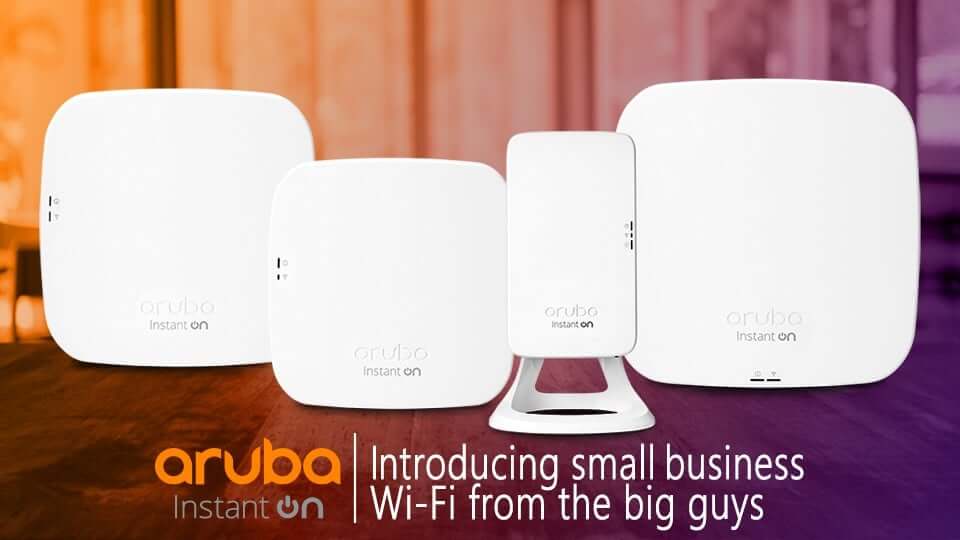Essential Network Hardware Devices for Small-to-Medium Businesses
 network devices link computers, faxes, printers, and other electronic devices to a business network. This enables a business to transfer data quickly, safely, and correctly. Regardless of the scope of your business, investing in these devices is not an option for ascertained success. They not only save time but also increase productivity, company revenue, and ultimately profits. Outlined below are some of the essential network hardware devices that small to medium businesses should acquire.
network devices link computers, faxes, printers, and other electronic devices to a business network. This enables a business to transfer data quickly, safely, and correctly. Regardless of the scope of your business, investing in these devices is not an option for ascertained success. They not only save time but also increase productivity, company revenue, and ultimately profits. Outlined below are some of the essential network hardware devices that small to medium businesses should acquire.
Hub
Hub is a primary networking device icon that connects multiple networking {{cta('0f72238f-9f4d-4762-8d7f-0dc2b8e628f1','justifyright')}}devices physically together. They are primarily used in networks with twisted-pair cabling. They are designed to transmit packets of data from one appended device to another affixed device, without changing the structure of the packets received. They form pathways with which electrical signals travel, transmitting information regardless if the packets were destined to the appended device or not.
There are two categories of hubs, namely;
- Active hub – active hubs are smarter than passive hubs. They clean, enhance, and distribute signals. The distance between nodes can also be increased. Active hubs can be repeaters or cable hubs.
- Passive hub – these hubs connect wires from one active network node and electricity. Passive hubs relay information to the grid without cleaning, improving or increasing the distance between nodes.
{{cta('ce7d17fc-011d-4cfe-bd5a-5deca157c6b6','justifyleft')}}Switches have better and smarter jobs compared to hubs. A switch improves the capacity of the business network, keeps limited information on routing nodes within the internal network, and acts as links between systems such as routers or hubs. The difference between hubs and switches is in the manner they treat data they receive.
Hubs work by sending data to all ports on the end device while a switch transfers to the specific port connected to the destination device. A switch achieves this due to the in-built learning system that can read the MAC address of the connected device. Since data transmission in a switch is well defined, network performance is improved.
Switches function in full-duplex mode. This means that devices can send and receive data simultaneously, unlike the half-duplex mode, where the device can either receive or send data once at a time. Transmission speeds in switches are double that of Ethernet hub, enhancing a 20Mbps into 30Mbps connection and 200Mbps to become a 300Mbps connection.
Data transmission in switches occurs through either of the following scenarios;
- Cut-through transmission – through this, packets of data are forwarded immediately when they are received. It is a quick and prompt method but has a high possibility of error.
- Store and forward – the entire data packet is received and checked before forwarding. Errors in the packets are eliminated before being sent. However, the drawback is that checking for errors takes time, making it slower in delivering data.
- Fragment free – a significant amount of packet is examined before the switch determines if the data has been caught in a collision. Once the collision status is determined, the packet transfer is completed.
Switches boost the effectiveness of network over hubs and routers due to the flexibility of the digital circuit. They also improve network protection as network control makes it easy to navigate digital circuits. Overall, a switch is a system combining the best hubs and routers. They operate on the interface Data Link or OSI model’s network layer.
{{cta('2210d203-e263-489d-acad-b7424d7da7ee','justifyright')}}
Modular demodulators – Modems, pass data signals through analog phone lines. These devices convert computer-generated digital signals into analogs of varying frequencies and transmit them to the receiver modem. The receiving modem then provides a digital output of the signals to a device, which in most cases, is a computer. Modems can be used as dial-up for LAN or for connecting to an ISP.
The working speed of modems is dependent on the speed of UART (Universal Asynchronous Receiver or Transmitter Chip) and the speed of the modem itself.
There are many other essential network hardware devices, including the Gateway, bridge, repeater hub, and access point, among others. Having a solid knowledge of the network devices can help small to medium businesses develop a secure network for their businesses. Regardless, organizations should continually monitor their network devices to ascertain safety all around and quickly identify hardware problems, attacks, and other issues with configuration.{{cta('bdc418be-9d3d-4196-be64-0333de32f82f','justifycenter')}}



